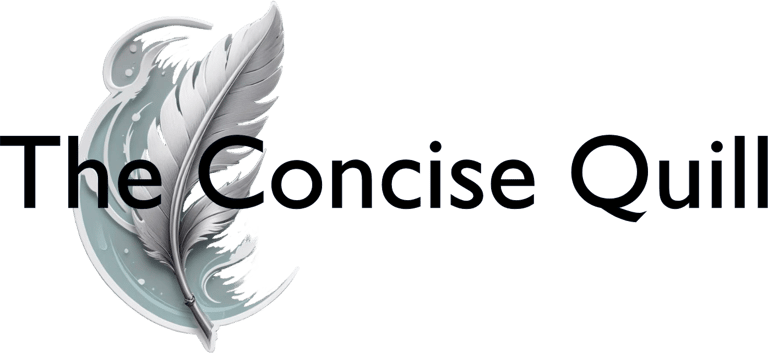

We’ve all heard about active listening – the art and skill of really hearing what another person is saying – but how many of us have thought about active reading?
Active reading is, in my opinion, an essential skill for everyone, especially in the current climate of misinformation, disinformation, and double-speak. We need to be able to read not just the lines and between the lines, but also underneath the lines – what contexts, subtexts, and assumptions inform this piece? What is its ultimate purpose? In order to truly, deeply understand these things, we need to engage in active reading.
Some years ago now, I edited a special ‘teaching and learning’ edition of a journal for a well-known tech company. In one article, the authors had conducted surveys and field tests to gauge how well people remembered what they read in a fairly straightforward news article. Turns out, on the whole they did not remember much. But what really shocked me were the conclusions the authors drew from this: that, obviously, people are stupid and can’t remember anything and don’t even know how to read.
The absolute hubris of this astounded me. It’s not that people are stupid or forgetful or don’t know how to read, they have just never been taught how to ‘read to remember’ – in other words, they have never been taught the skills of active reading. I think a lot of academics just naturally read like this, and make the assumption that therefore so does everyone else, but I don’t think that’s the case. I have often had students come to me and say they have read the assigned readings, and they understand them, but they don’t know how to extract the information they need from them. Following the five actions of active reading is one way to help them with this. At first I just taught this in one introductory critical thinking and writing course. But based on the response I now incorporate it into all of my courses, regardless of year or subject matter, and I find that the students really appreciate it. So how do we move beyond ‘passive reading’ and create a deeper engagement with the text? What are the five actions of active reading?
1.Observing. This is a pre-reading action. When you pick up the text and scan the first few paragraphs, what do you notice? What is the tone of the piece? What can you expect to learn or discover by reading this?
2.Connecting. (1) How does the author connect all the information to support their thesis? (2) What previous knowledge and experiences do you personally have that help you connect to this text?
3.Inferring. What can you ‘figure out’ as you’re reading, beyond what is explicitly stated? What are the context and the subtext here? Given the tone and the way language is used, what can you infer about the author’s position on the subject (i.e. ‘for’, ‘against’, ‘neutral bystander’, etc.)? Think about what is not being said, as much as what is.
4.Questioning. As you are reading, what questions arise? Are they answered further on? Do you still have unanswered questions at the end?
5.Concluding and Going Further. This is a post-reading action. Once you finish reading, ask yourself what the main points were. If you can’t really answer, go back and try to pull those out. Did you learn what you had expected to learn at the outset? What did you find most interesting or surprising? What did you most agree or disagree with?
These actions should be ‘concurrent and simultaneous’ – the questions act as prompts to a conversation you are having with the text, as you read. It isn’t a step-by-step process– although it may feel like that at first – but rather an ongoing, overlapping and dynamic engagement. It takes a little more time to get through a reading when doing this, but it’s worth it in the end.
However, it seems that most people – including many of our students – don’t just naturally do this. But in order to be able to respond effectively and intelligently to any text, you first need to be able to read it effectively and intelligently, and active reading provides a guide to doing that. One way to keep your students (or yourself!) practicing and engaging with this is to ask your students to write out their responses to those five actions for any reading you give them (in addition to whatever else you require). At first, it’s going to feel awkward for them but it does become more natural over time.
I still remember a few years back, I was teaching an advanced critical thinking and writing class in which there were only a handful of students. I already knew most of them; I’d taught them in other classes over a couple of years. Right at the start of the term, I introduced the active reading actions and said we would be using them with every single reading we did. They moaned and groaned but they also did it and persevered. One day near the end of term, one of my students came into the class all excited and happy because the actions had finally ‘clicked’ – they had become her default. “And now I read everything that way and I understand it all so much better!” she had exclaimed. And that, that lightbulb moment that changes everything, that realization that reading is more than just words on a page – that is why we should all be teaching and practicing active reading.
Next month: Reading for Information Part 2: The 5-Question Model
